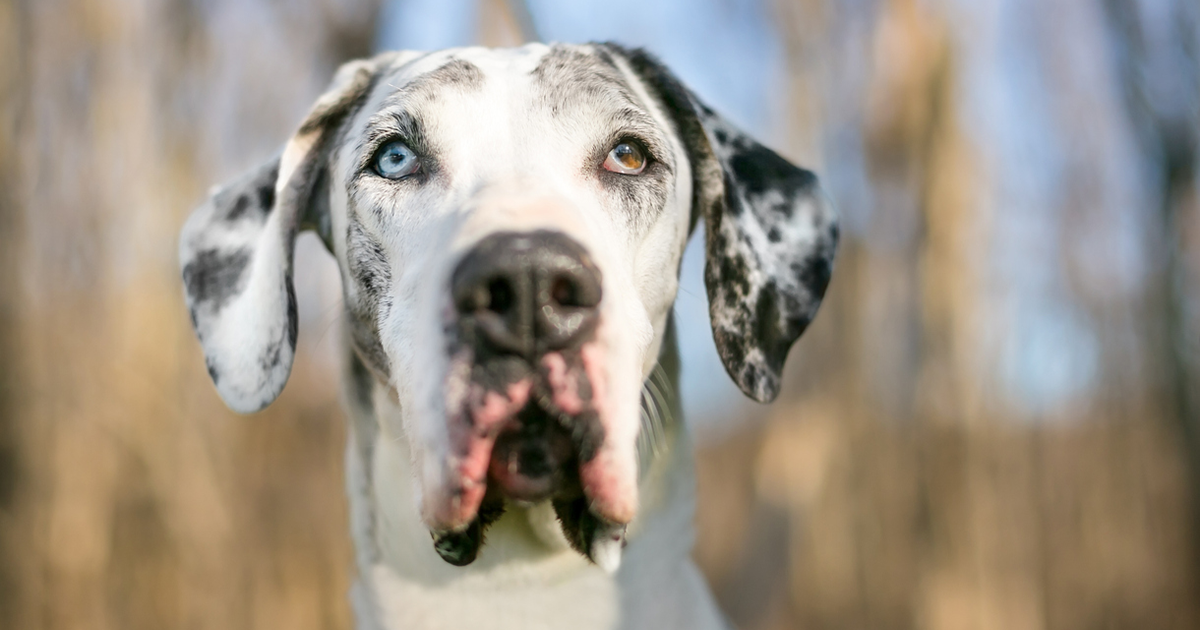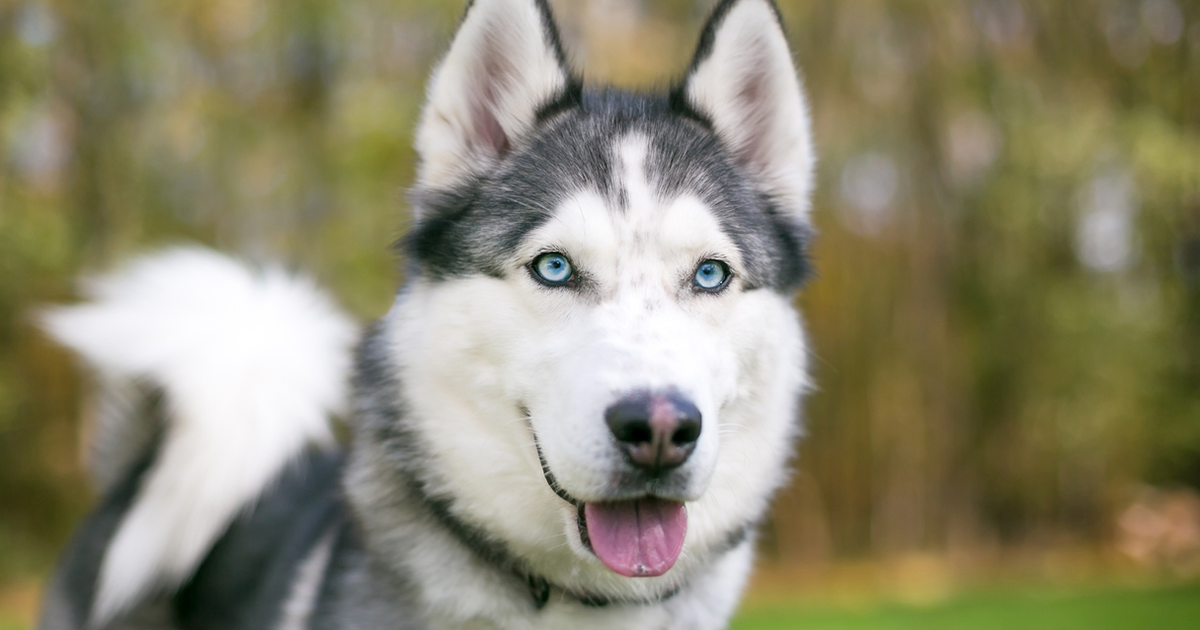If you’re like me, you look at your goofy pup and wonder how they could have ever existed in the wild like wolves.


You might be surprised to find out that your canine companion didn’t actually descend from the wolves we know and see today but a now-extinct wolf ancestor.
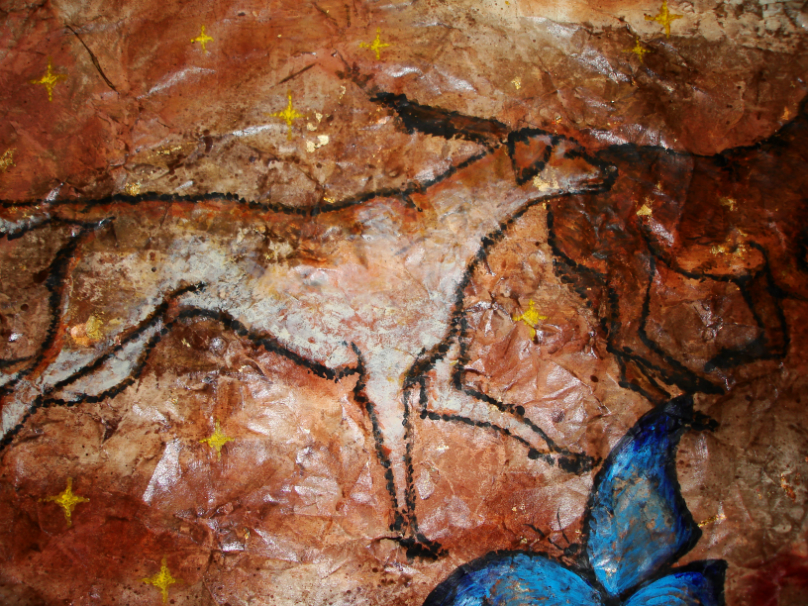

In fact, trying to place the exact period in our history when we domesticated dogs from wolves is almost impossible because dogs were the first thing that humanity ever domesticated.
[bp_related_article]
That’s right – before we domesticated any crops – before humans crossed the Bering Strait and moved into the Americas – possibly even before the Ice Age had hit full force – early humans domesticated the dog!


Researchers have found that significant co-evolution between dogs and humans occurred during the estimated 27,000 years that dogs and humans have enjoyed together, fostering better communication between us and our canine best friends.


While some scientists make a case for dogs shaping human behavior, we definitely know that humans have shaped dog behavior by taking those early wolf instincts and amplifying some and reducing other instincts to create specialized dog breeds suited for various tasks.
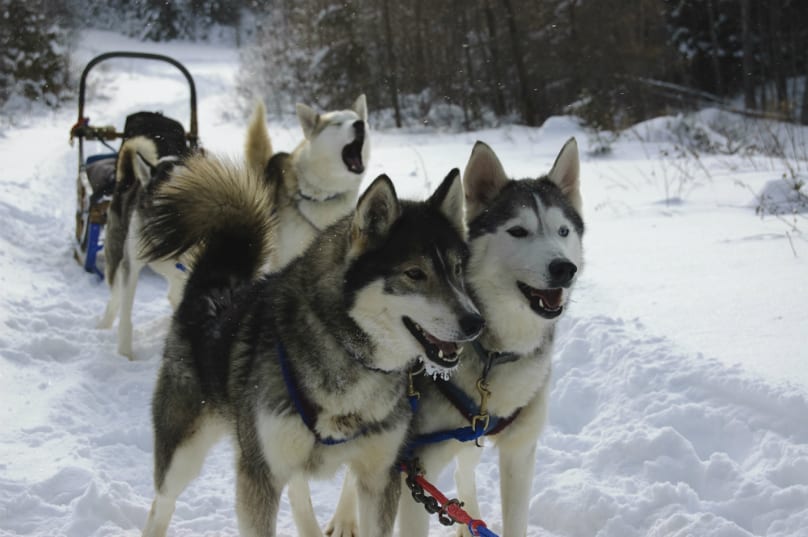

So just what were those ancestor wolf instincts that our forefathers manipulated? Within every wild wolf is a complete 5-step instinctual process to achieve a tasty dinner called the “prey drive.” Amazingly, each of these instinctual steps have been singled out and strengthened (usually while weakening the other instincts) by our ancestors to create the familiar dog breeds you know and love today.
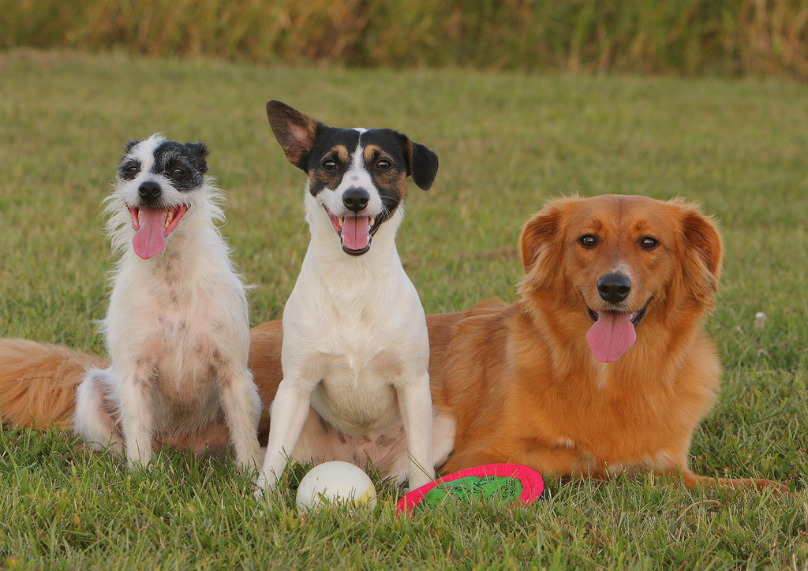

The very first step in the prey drive is the search. Usually, wolves try to find the scent of prey in the area in order to trail and locate the animal.
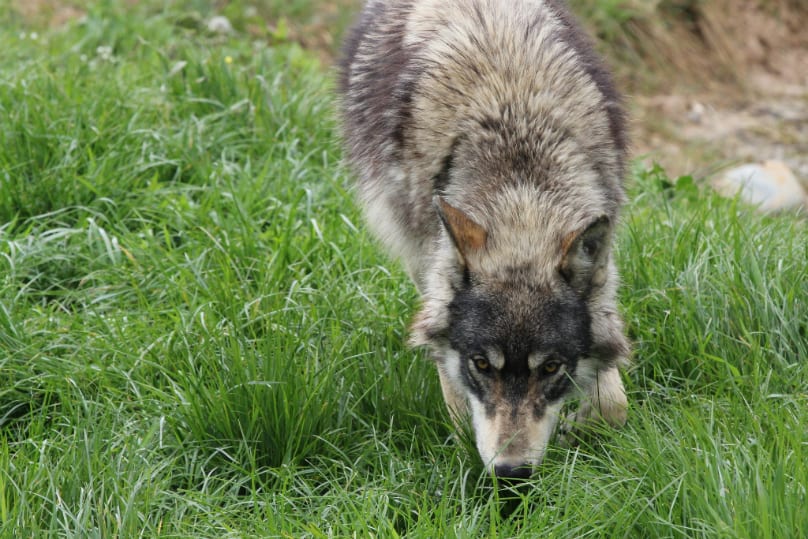

You can see this instinct amplified in breeds like Bloodhounds, who have an olfactory sense 40 times higher than our own, with the ability to track trails that are days old! When you see your furry pal sniff passionately into the sidewalk they are engaging this ancient wolf instinct, possibly picking up valuable information on the past hour’s activity of a local squirrel.
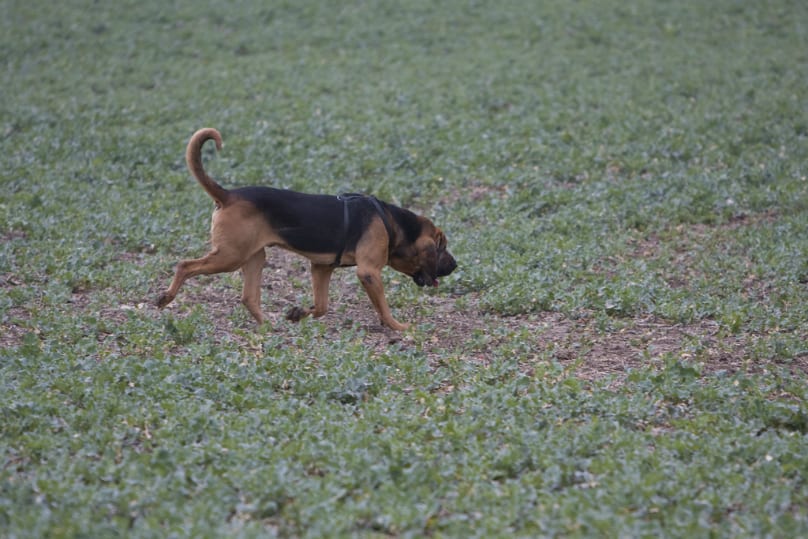

The second step of the prey drive is the stalk. Once wolves have located prey through scent they rely on their visuals to communicate with their pack to move into formation and to make sure they are hidden from the prey while they move closer.


You can see this instinct enhanced in herding breeds like the Border Collie who possess eye placements that give them better peripheral vision than humans along with more rods than cones in their eyes that allow them to detect the slightest movements!
They also have a reflective area in their retinas that allow them to see better than humans at low levels of light. If your dog creeps up on birds before chasing them it might not be a huge surprise to learn it’s a wolf-like behavior, but even if your mild-mannered pup loves to play fetch they are tapping into this wolf behavior.
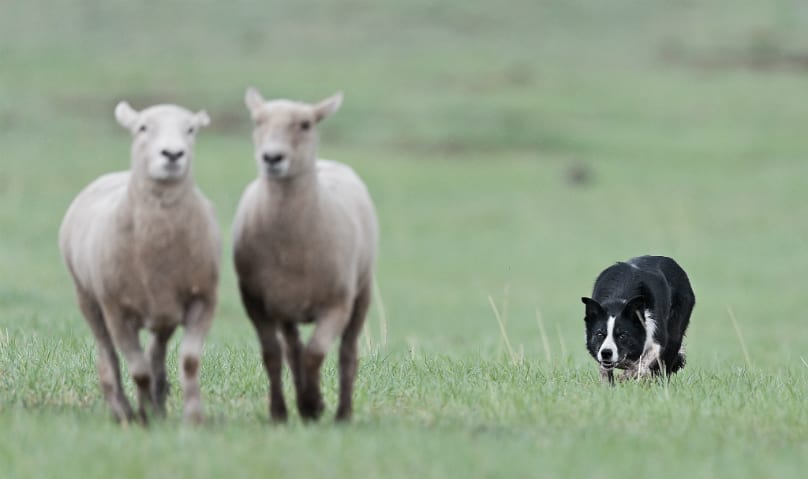

Next in the sequence of prey drive is the chase. For the wolf, speed and endurance are key factors because they must run faster and longer than their prey in order to take it down.
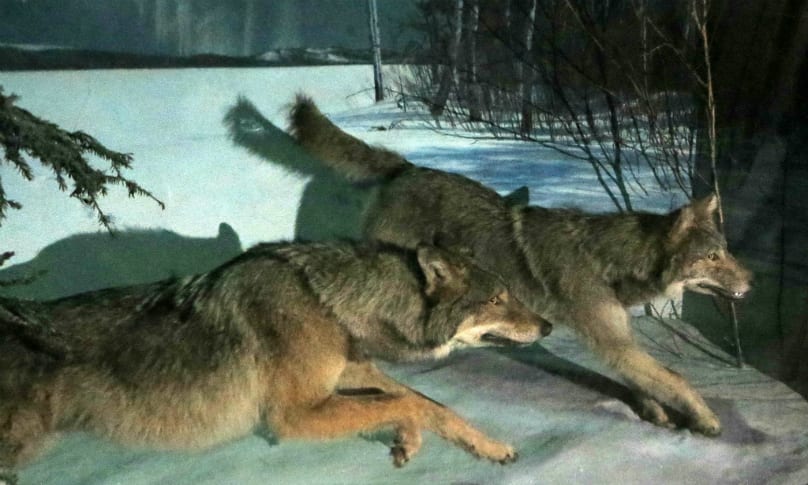

Racing breeds like Greyhounds are the end product when you strengthen this instinct, able to reach average running speeds of 40mph combined with an intense urge to chase moving objects that is so strong that it is not uncommon for many local ordinances ban them from being off-leash unless in an enclosed area. All it takes is spotting a squirrel while you’re out for a walk and suddenly your canine comrade is straining heavily at the leash, eager to chase just as her wild ancestors once did.


The final two steps in prey drive are bite (including both a grab-bite and a kill-bite) and consume. In the wild, the actual killing method will depend on the size of the prey but generally the pack works together to subdue and quickly kill the prey through quick bites to vital areas.
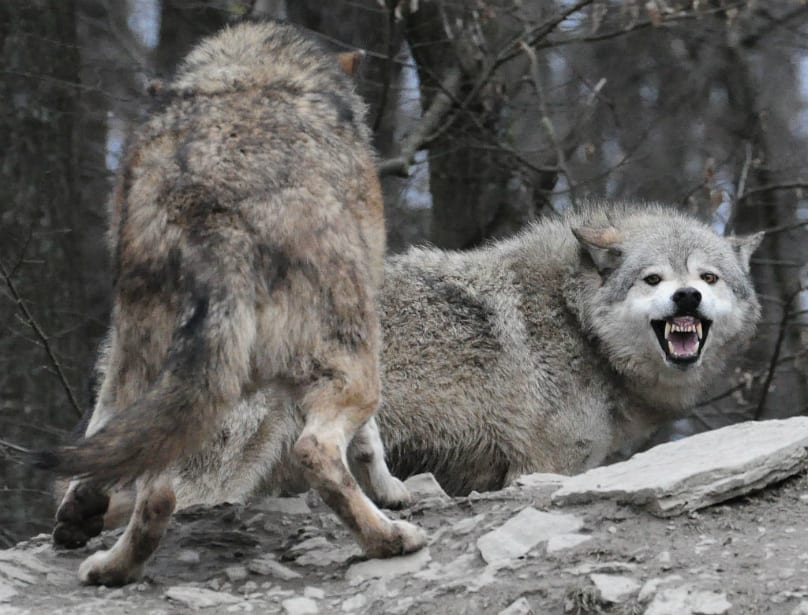

This instinct has been particularly inhibited in breeds like Retrievers who are used to retrieve animals in a hunt and bring them back without biting or damaging them. The inverse result of amplifying this instinct are terrier breeds such as the Scottish Terrier who historically were used to control populations of vermin with great success. When your dog tears apart his toys (and sometimes your shoes) or plays tug-a-war with you he is engaging these biting instincts.
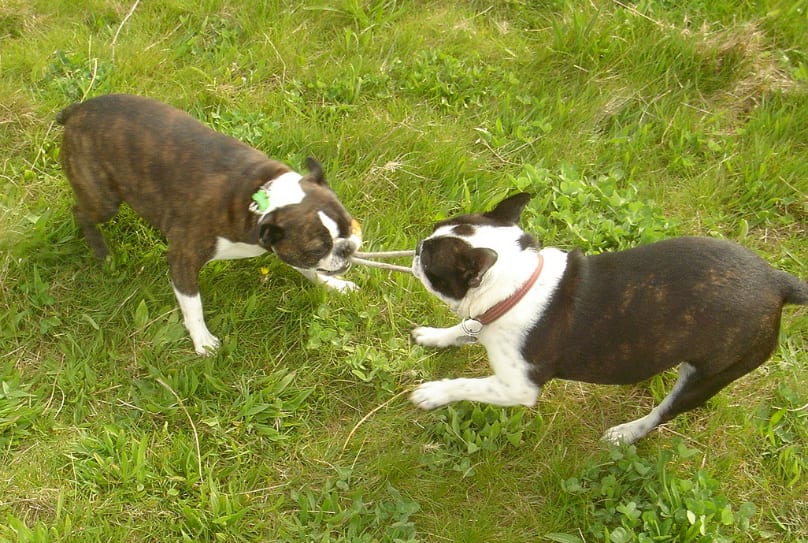

Your furry pal will be at her happiest when you can spark her prey instincts through play, so go on and hide some treats in the house for your hound to find or play fetch with your herding pup or tug on a rope with your terrier!
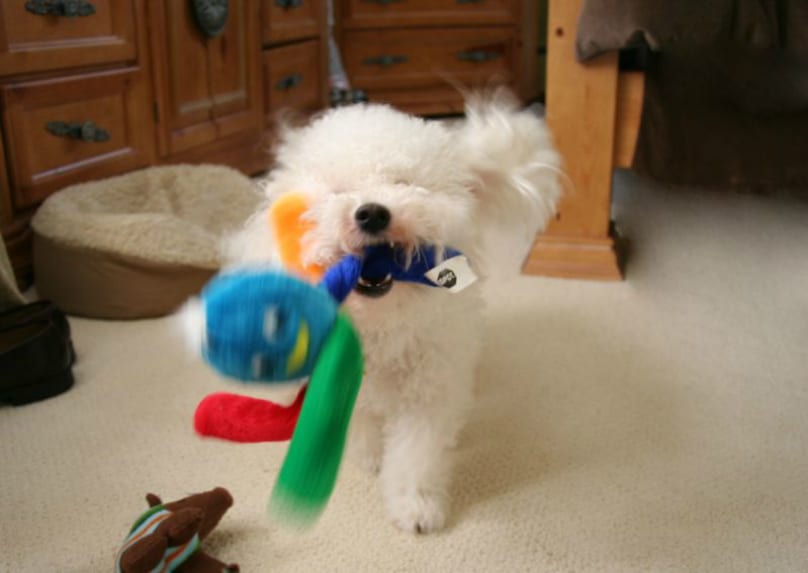

Sources: Dog Ways, Paws Chicago, The Atlantic, The Scientist



